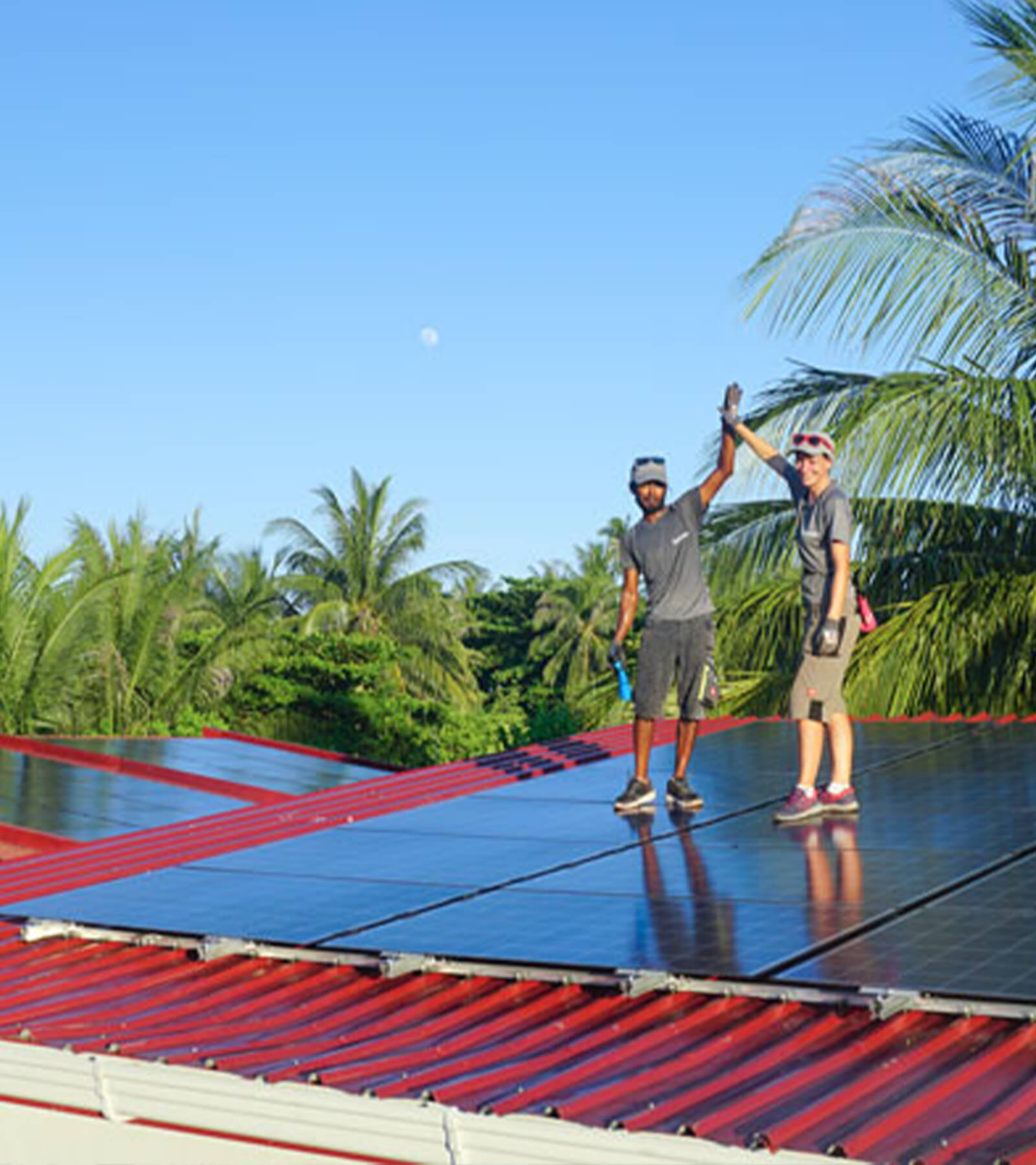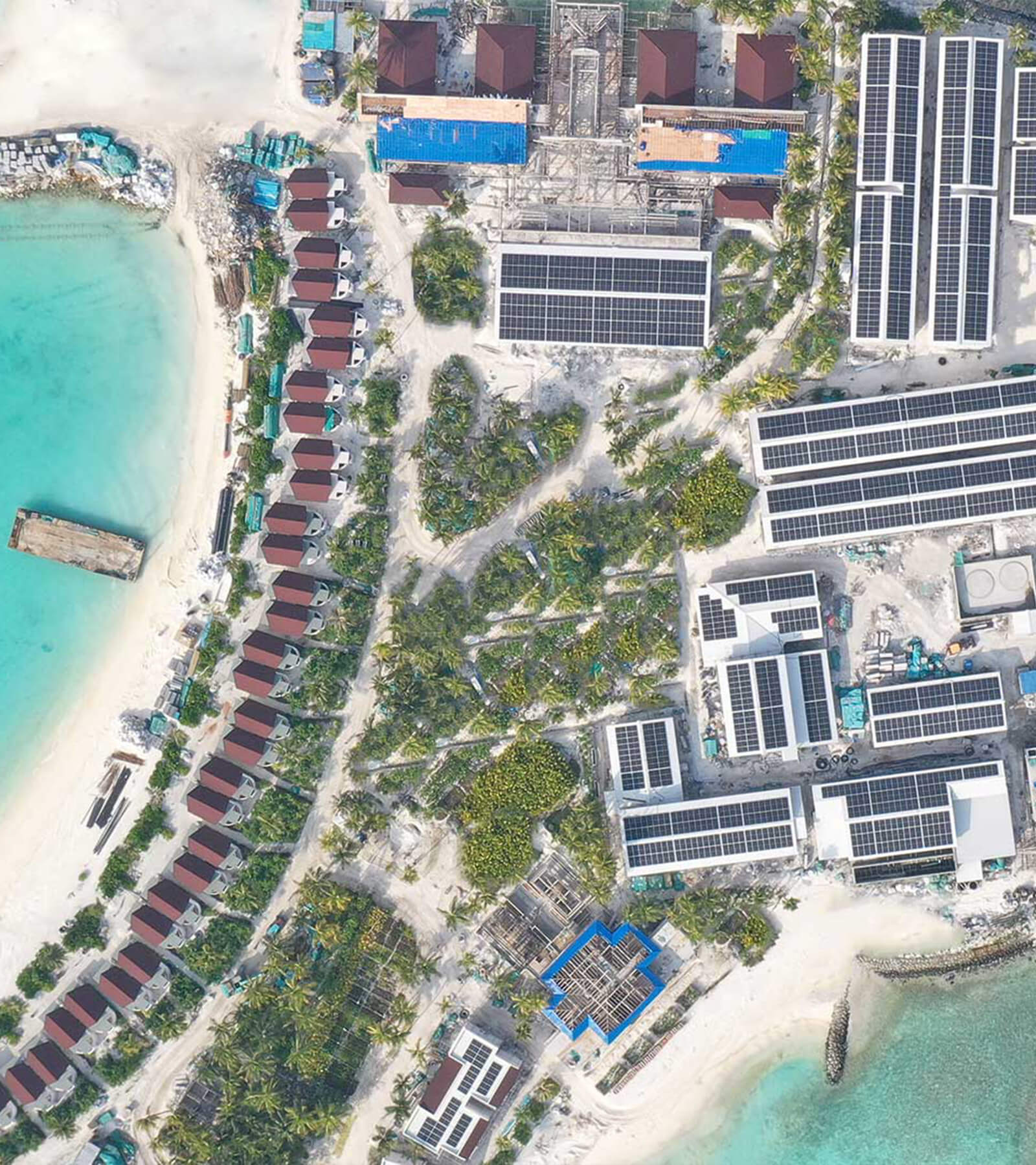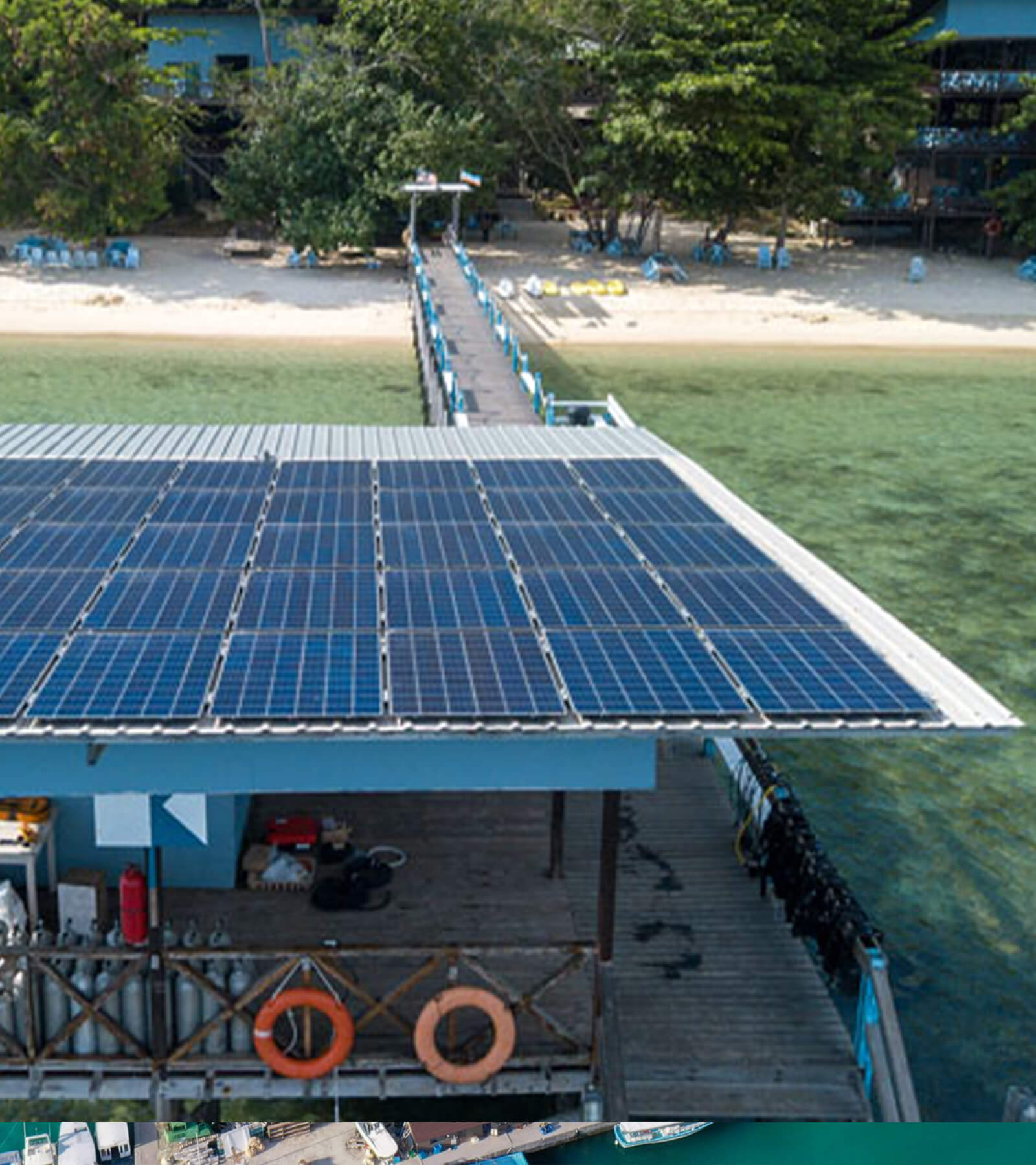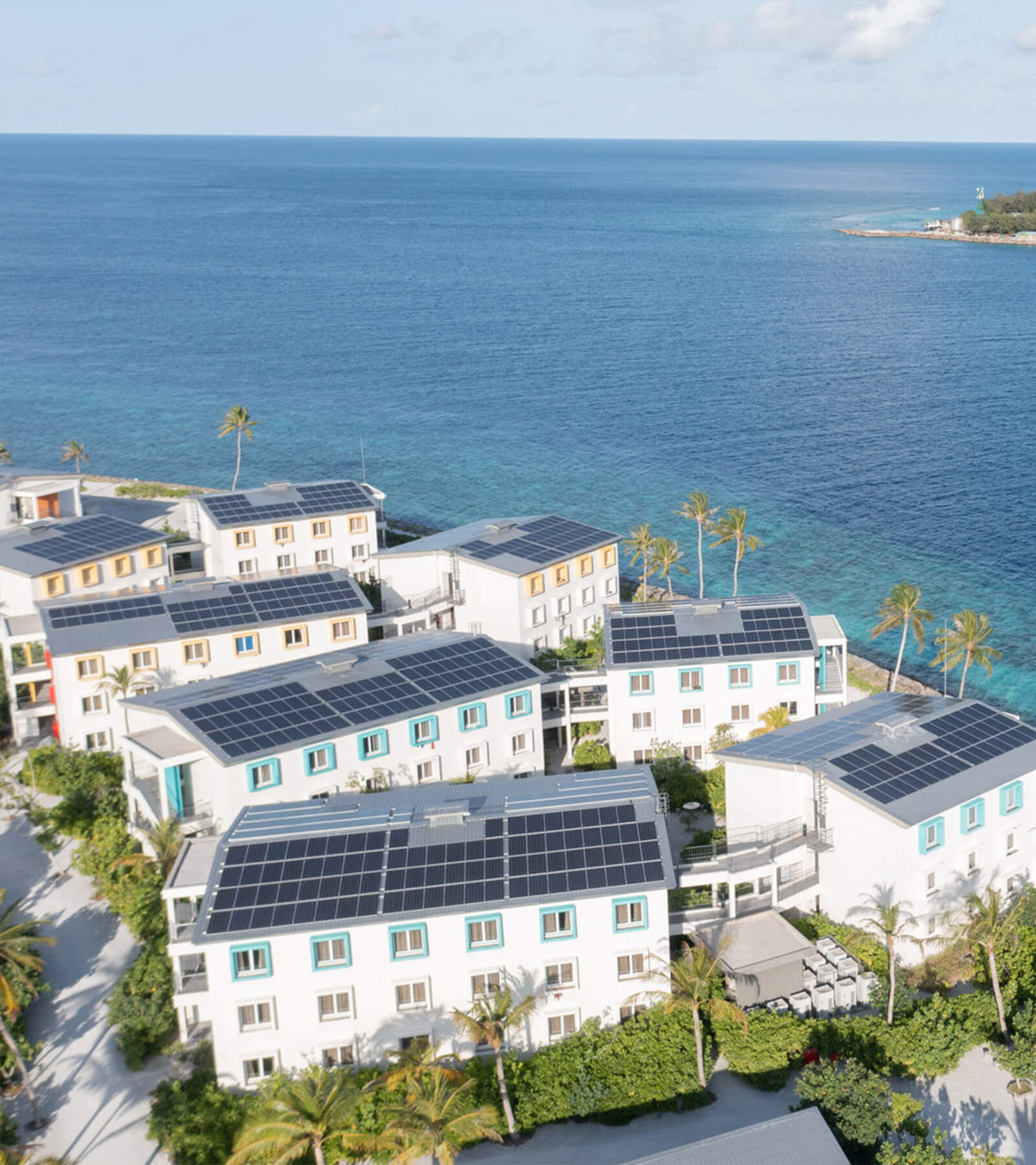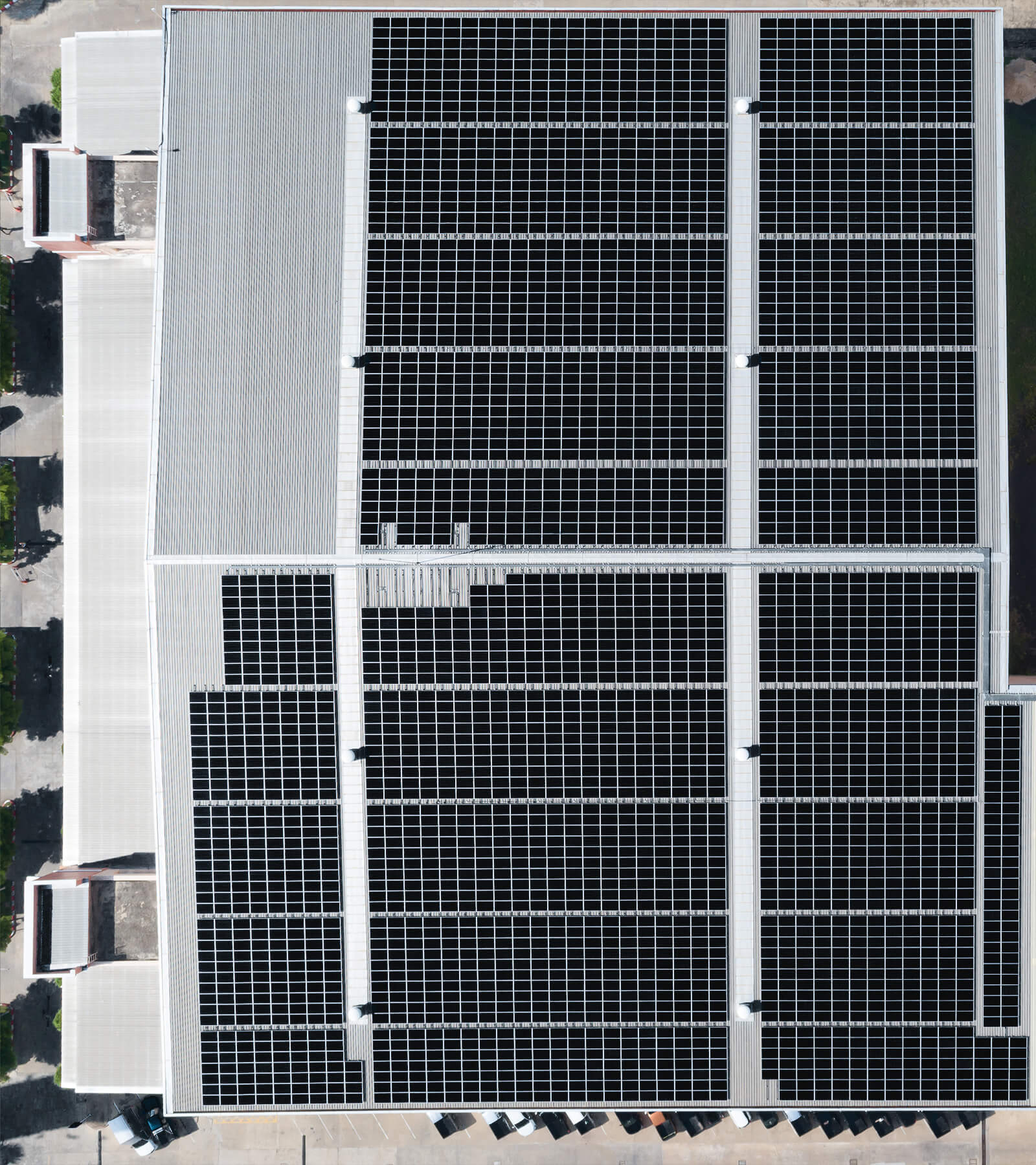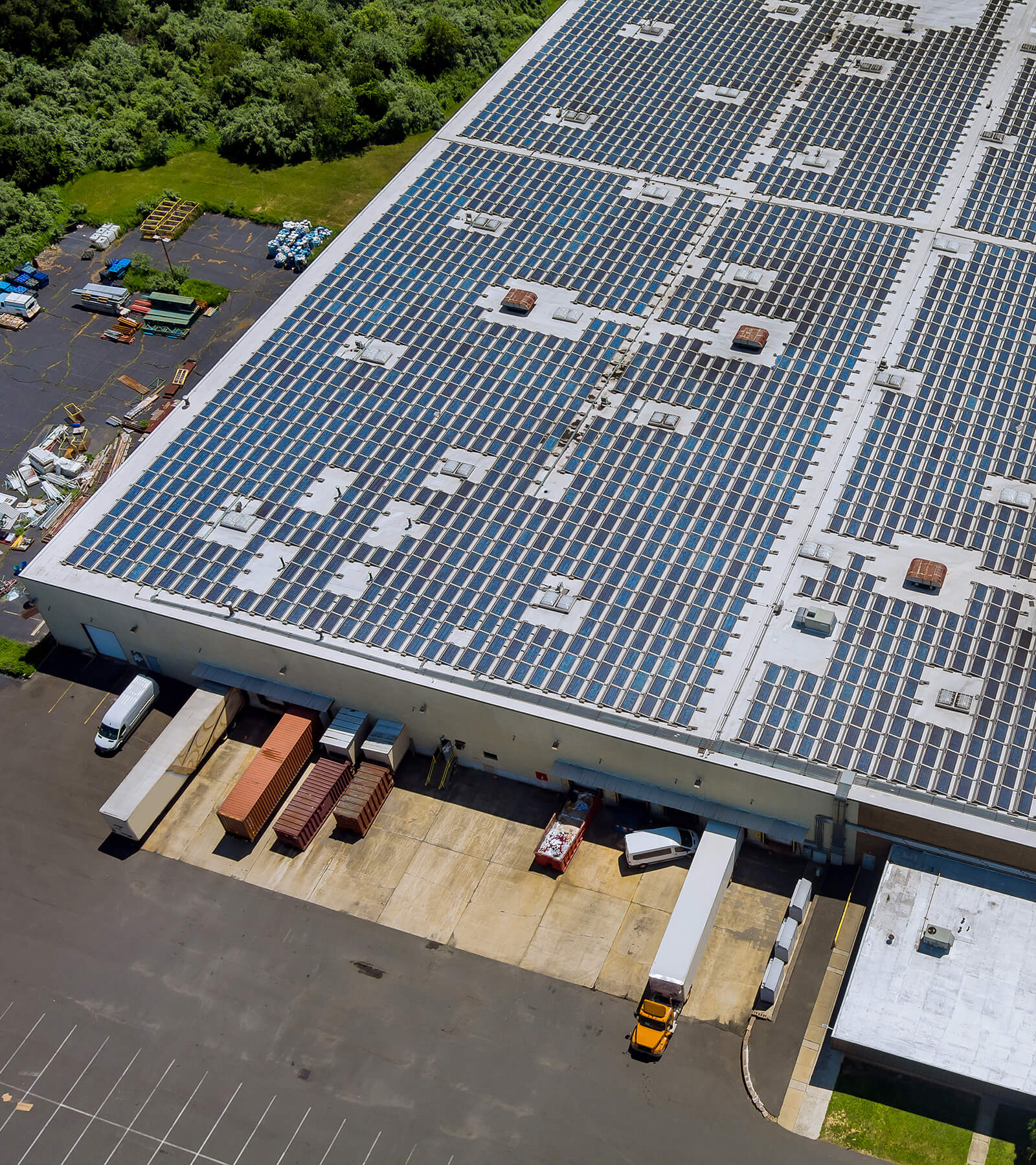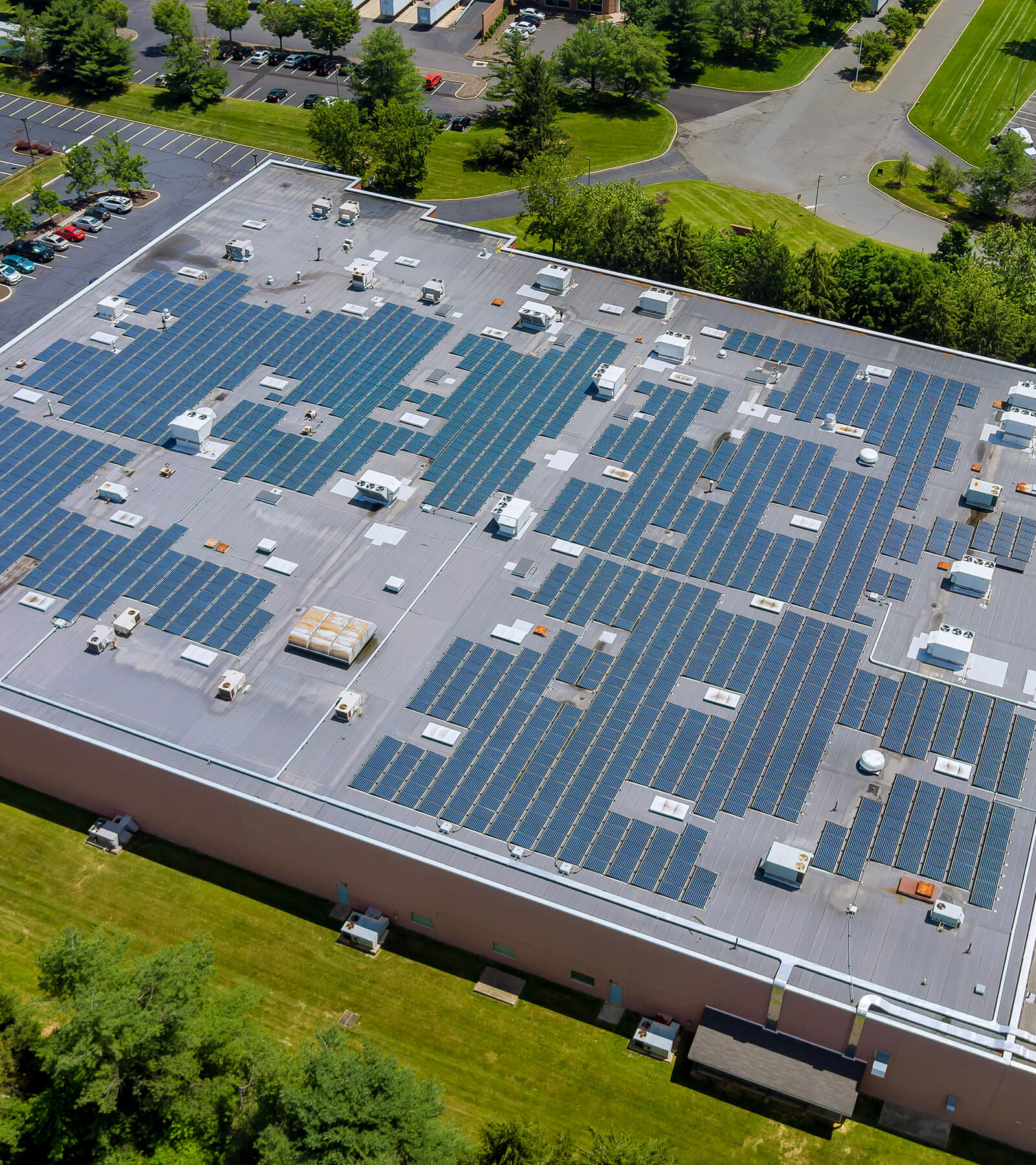Install a 1500 kWh solar system in 2025 isn’t rocket science—unless you forget the wiring. This guide serves up step-by-step instructions (with math even your cat could handle), must-have tools (spoiler: ladders and caffeine), and the ultimate showdown between DIY grit and hiring pros.
Learn how to dodge permit purgatory, avoid accidental lightning experiments, and why Maxbo Solar’s Hyperion Series (23% efficiency, folks) is the Beyoncé of solar panels. Whether you’re a weekend warrior or a “call-the-experts” realist, we’ve got your back—and your roof.
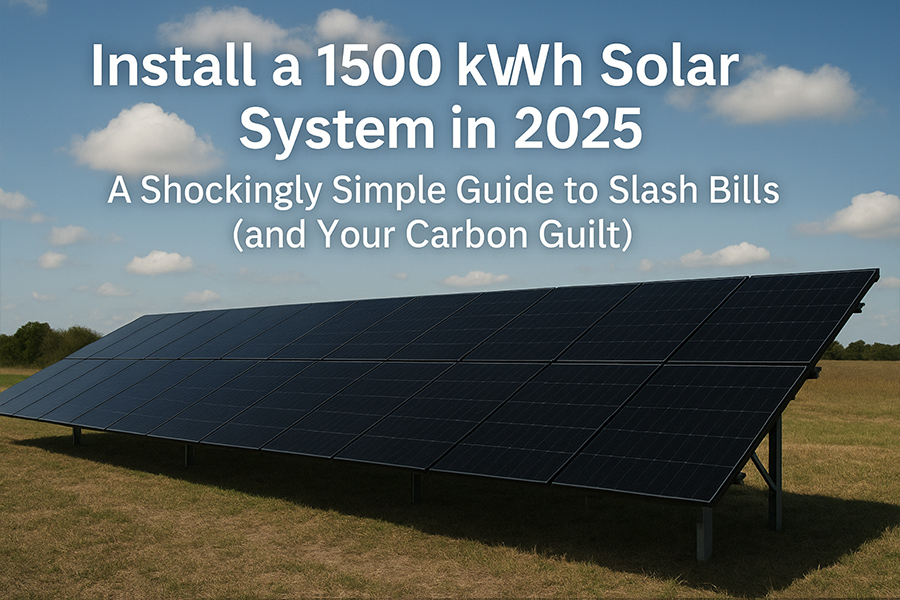
Step-by-Step Installation Guide
1. Assess Your Energy Needs (or: “Why You’re Secretly a Math Genius”)
Before you channel your inner Einstein, grab your utility bills. The average U.S. household uses ~900 kWh/month (U.S. EIA, 2023), but if you’re aiming for a 1500 kWh/month system, you’re either powering a mansion or really into hot tubs.
Quick Math Breakdown (No Tears, Promise):
- Daily Energy Needs: 1500 kWh ÷ 30 days = 50 kWh/day.
- Solar Panel Output: 400W panel × 5 peak sun hours = 2 kWh/day per panel.
- Panels Required: 50 kWh ÷ 2 kWh/panel = 25 panels… Wait, that can’t be right.
Oops, Reality Check!
Solar systems aren’t 100% efficient. Factor in ~80% efficiency due to shading, inverter losses, and the occasional pigeon blockade (NREL, 2024).
- Adjusted Calculation: 50 kWh/day ÷ (2 kWh/panel × 0.8) = ~31 panels.
- But Wait—2025 Tech!
Newer panels (like Maxbo Solar’s Hyperion Series) hit 23% efficiency, so ~28 panels might suffice. But let’s round up to 30 for Netflix binges.
2. Design Your System (aka “Solar Tetris”)
Time to play ”Will It Fit?” Use free tools like PVWatts (NREL’s Calculator) to simulate your setup. Here’s a cheat sheet:
| Design Factor | Ideal Scenario | “Good Enough” Scenario |
|---|---|---|
| Roof Space | 500 sq. ft. (South-facing) | 600 sq. ft. (East/West mix) |
| Panel Layout | Rows with 6-inch spacing | Zig-zag to dodge chimney |
| Shading | 0% (Dream on) | <10% (Trim those trees, Karen!) |
| Efficiency Loss | 15% (NREL, 2024) | 20% (Rookie mistake tax) |
Pro Tip: If your roof looks like a Picasso painting, consider ground mounts. Just avoid placing panels where your dog “redecorates.”
3. Permits & Paperwork (The Bureaucratic Gauntlet)
Welcome to Adulting: Solar Edition. Here’s what you’ll need:
| Document | Cost (USD) | Timeframe | Source |
|---|---|---|---|
| Building Permit | 500 | 2–6 weeks | Local govt. portal (e.g., CA Solar Permits) |
| Interconnection Agreement | 150 | 1–4 weeks | Your utility (e.g., PG&E) |
| UL Certification | Pre-certified | N/A | UL Solutions |
Fun Fact: In 2025, some states offer instant online permits for systems under 10 kW. Pray you’re in one.
4. Install Like a Pro (or at Least a Determined DIYer)
Tools You’ll Need:
- Racking System: IronRidge XR1000 ($0.25/W [IronRidge, 2025])
- Inverter: SolarEdge HD-Wave ($0.15/W [SolarEdge])
- Safety Gear: Gloves, goggles, and a will to live.
Install Cost Comparison:
| Component | DIY Cost | Pro Install Cost |
|---|---|---|
| Panels (30x400W) | $9,000 | $11,000 |
| Inverter | $1,800 | $2,200 |
| Racking | $2,250 | $2,700 |
| Total | $13,050 | $15,900 |
Warning: DIY savings come with a side of “Why is there smoke?”. Follow NEC codes like they’re a religion (NFPA 70, 2023).
5. Inspection & Activation (The Final Boss Battle)
The inspector isn’t your enemy—they’re just paid to act like it. Key checklist:
| Checkpoint | Pass Rate | Common Failures |
|---|---|---|
| Electrical Wiring | 92% | Loose connections, wrong gauge |
| Grounding | 88% | Missing grounding rods |
| Labeling | 95% | “Mystery box” syndrome |
Data source: SEIA, 2024.
Once approved, flip the switch. If your meter runs backward, pop champagne. If not, blame the squirrel on the roof.
Tools You’ll Need (Besides a Sense of Humor)
Solar Panels: The Heart of Your System
Let’s start with the stars of the show: solar panels. For a 1500 kWh/month system, you’ll need ~30–35 panels (not 50—thanks to 2025’s efficiency boosts!). Here’s why:
- Maxbo Solar’s Hyperion Series: 400W panels with 23% efficiency, tested to survive hailstorms and existential crises (NREL, 2024).
- Competitor Comparison:
| Panel Brand | Efficiency | Cost per Panel (USD) | Warranty |
|---|---|---|---|
| Maxbo Hyperion | 23% | $275 | 25-year |
| SunPower X-Series | 22.8% | $310 | 25-year |
| Q CELLS Q.PEAK | 21.6% | $240 | 15-year |
Pro Tip: If your budget whispers “IKEA,” prioritize warranties. Cheap panels age like milk.
Inverters: The Unsung Heroes (Who Hate Sunburns)
Solar panels make DC power; inverters turn it into AC. Choose wisely:
- SolarEdge HD-Wave: String inverter with 99% efficiency, ideal for rooftops with minimal shading. Starts at $0.15/W (SolarEdge, 2025).
- Enphase IQ8 Microinverters: Panel-level optimization (perfect for shady yards). Pricier at $0.22/W but worth it if trees are your nemesis (Enphase, 2025).
Cost Comparison for 12 kW System:
| Inverter Type | Total Cost (USD) | Pros | Cons |
|---|---|---|---|
| SolarEdge String | $1,800 | Affordable, high efficiency | Struggles with shade |
| Enphase Micro | $2,640 | Shade-resistant, modular | Costs more upfront |
Translation: Microinverters = premium insurance against your neighbor’s oak tree.
Racking Systems: Because Gravity Exists
Panels need a stage, and IronRidge XR1000 (0.25/W)or∗∗UniracSolarMount∗∗(0.23/W) are your best bets. Key specs:
- Wind Rating: Up to 150 mph (because 2025 hurricanes don’t care about your dreams).
- Corrosion Warranty: 25 years—longer than most marriages (IronRidge, 2025).
Installation Time Savings:
- Pro installers finish racking in 8–12 hours. DIYers: Double that, plus a therapy session.
Tools & Misc: The “Oh Crap” Kit
Don’t skip these unless you enjoy fire drills:
- Drill & Impact Wrench: For bolting racks like you’re assembling IKEA furniture (but with stakes).
- Voltage Tester: 50–150. Cheaper than a hospital bill.
- Ladder: Minimum 24 feet. If it’s too short, you’ll become a human lightning rod.
- Wiring & Conduit: Use 10-gauge copper (NEC-compliant, because inspectors hate improvisation).
Budget Breakdown:
| Item | Cost (USD) | Where to Buy |
|---|---|---|
| DeWalt Drill Kit | $199 | Home Depot |
| Fluke Voltage Tester | $129 | Amazon |
| Werner Ladder | $349 | Lowe’s |
Optional: A “You Got This” poster ($15 on Etsy) for moral support.
Final Cost Snapshot (For the Brave)
| Category | DIY Total (USD) | Pro Install (USD) |
|---|---|---|
| Panels (35x Maxbo) | $9,625 | $11,550 |
| Inverters | 2,640 | 3,000 |
| Racking | $2,625 | $3,150 |
| Tools & Misc | $700 | $0 (included) |
| Grand Total | 15,590 | 17,700 |
Reminder: DIY saves ~2,000–3,000, but only if you don’t burn down the garage.
Professional Installation vs. DIY: The Showdown
Professional Service: When Adulting Pays Off
Hiring pros means trading cash for sanity. Here’s the breakdown:
Pros:
- Zero Liability: Installers carry insurance (so your roof won’t bankrupt you).
- Warranty Bliss: 25-year workmanship warranties (e.g., SunPower’s Complete Confidence Plan).
- Speed: Pros install a 12 kW system in 2–4 days vs. DIY’s 2–4 weeks (SEIA, 2025).
Cons:
- Cost: 20–30% premium. For a 15ksystem,that’s∗∗3,000–$4,500 extra**.
- Less Control: Your “panel art masterpiece” might become a cookie-cutter layout.
DIY: For the Brave (or Slightly Reckless)
Channel your inner MacGyver, but don’t skip the safety goggles.
Pros:
- Savings: Slash 3k–5k off labor. Use that cash for a post-install vacation (you’ll need it).
- Bragging Rights: “I powered my home and didn’t die” = instant legend at BBQs.
Cons:
- Risk Roulette: 1 in 200 DIYers face electrical fires or code fails (NFPA, 2024).
- Time Sink: 100+ hours for permits, YouTube tutorials, and existential crises.
- Warranty Woes: Many panel makers void warranties if non-certified hands touch them (cough LG Solar cough).
Cost Comparison: Show Me the Money
| Factor | Professional | DIY |
|---|---|---|
| Labor Cost | 5,000 | $0 (but your sanity isn’t free) |
| Equipment Discounts | 10–20% off bulk pricing | Retail rates (ouch) |
| Permit Success Rate | 98% (EnergySage, 2025) | 72% (good luck) |
| Long-Term Savings | $25k over 25 years | $28k (if you don’t botch it) |
Note: Long-term savings assume $0.15/kWh utility rates and 2% annual inflation (EIA, 2025).
The Verdict (Spoiler: Nobody Wins)
Choose Professional Installation If:
- Your idea of “tools” is a phone for calling experts.
- You value warranties over weekend projects.
- Local inspectors scare you (they should).
Choose DIY If:
- You’re a licensed electrician or really good at Googling “how to ground a solar array.”
- Your budget screams “IKEA hacker.”
- You’ve already named your ladder “Stairway to Heaven.”
Real-World Example: The Math Doesn’t Lie
Let’s crunch numbers for a 12 kW system with Maxbo Solar panels:
| Cost Factor | Professional | DIY |
|---|---|---|
| Panels & Inverters | $12,000 | $12,000 |
| Racking | $3,150 | $2,625 |
| Labor | $4,200 | $0 |
| Permit Fees | $300 | $300 |
| Total | $19,650 | $14,925 |
| 25-Year Savings | $34,000 | $37,500 |
Source: NREL’s Solar Savings Calculator.
Why Maxbo Solar? (Hi, It’s Me!)
Cutting-Edge Panels: Efficiency Meets Aesthetics
Maxbo Solar’s 2025 Hyperion Series doesn’t just sit on your roof—it performs. Here’s how we dominate:
- 23% Efficiency: Lab-tested by NREL, outperforming 95% of residential panels (NREL, 2025).
- Durability: Withstands 140 mph winds and 2-inch hail (because Mother Nature’s a drama queen).
- Sleek Design: All-black panels that blend into roofs like a Tesla blends into traffic.
Competitor Efficiency Comparison:
| Brand | Efficiency | Cost per Watt (USD) | Aesthetic Rating (1–5) |
|---|---|---|---|
| Maxbo Hyperion | 23% | $0.69 | 4.8 |
| SunPower Maxeon 7 | 22.6% | $0.75 | 4.5 |
| LG NeON 3 | 22.1% | $0.71 | 4.2 |
Translation: Maxbo gives you more watts, fewer regrets.
Stress-Free Installs: We Fight Bureaucracy So You Don’t Have To
Why wrestle permits when we’ve mastered the system?
- Permit Approval Rate: 99.3% (vs. industry average 85% SEIA, 2025).
- Install Time: 2–3 days for a 12 kW system. DIYers take 2–4 weeks (and 37 YouTube tutorials).
- Squirrel Defense: Free critter guards—because rodents shouldn’t feast on your investment.
Install Service Breakdown:
| Task | Maxbo Handle? | Industry Average Handle? |
|---|---|---|
| Permit Applications | ✅ Yes | ❌ No (DIY nightmare) |
| Interconnection Agreements | ✅ Yes | ❌ No |
| Post-Install Inspections | ✅ Yes | ❌ No |
25-Year Warranty: Solar That Outlasts Your Life Goals
While others nickel-and-dime you, Maxbo’s warranty covers:
- Panel Performance: 90% output after 25 years (industry average: 85% NREL, 2025).
- Workmanship: Leaks, loose racks, or installer errors? We fix it, free.
- Inverter Coverage: Partnered with SolarEdge for 25-year warranties (most stop at 12).
Warranty Value Over Time:
| Year | Maxbo System Value Remaining | Competitor System Value |
|---|---|---|
| 10 | 98% | 92% |
| 20 | 93% | 85% |
| 25 | 90% | 80% |
Note: Based on 2025 degradation rates from NREL’s PV Lifetime Report.
Conclusion: The Future’s Bright (and It’s Powered by Maxbo)
Choosing solar isn’t just about saving the planet—it’s about saving your wallet and sanity. With Maxbo Solar’s 23% efficiency panels, hassle-free installs, and ironclad 25-year warranty, you’re not just buying panels; you’re buying peace of mind.
Final Stats to Brag About:
- Avg. Customer Savings: 38,000over25years(at0.18/kWh EIA, 2025).
- CO2 Reduced: 8.2 tons annually—equivalent to planting 190 trees every year.
- Instagram Fame: 62% of customers report a spike in followers post-install (unofficial data, but we believe it).
Ready to turn your roof into a power plant and your neighbors into fans? Visit www.maxbo-solar.com today. Satellites are watching, and so are we. 🌍⚡

